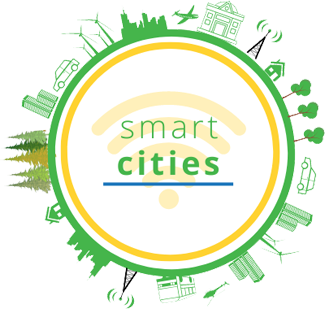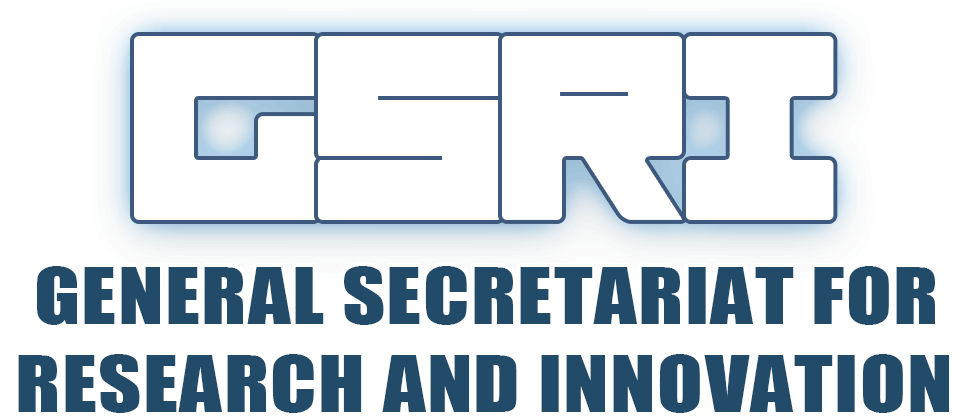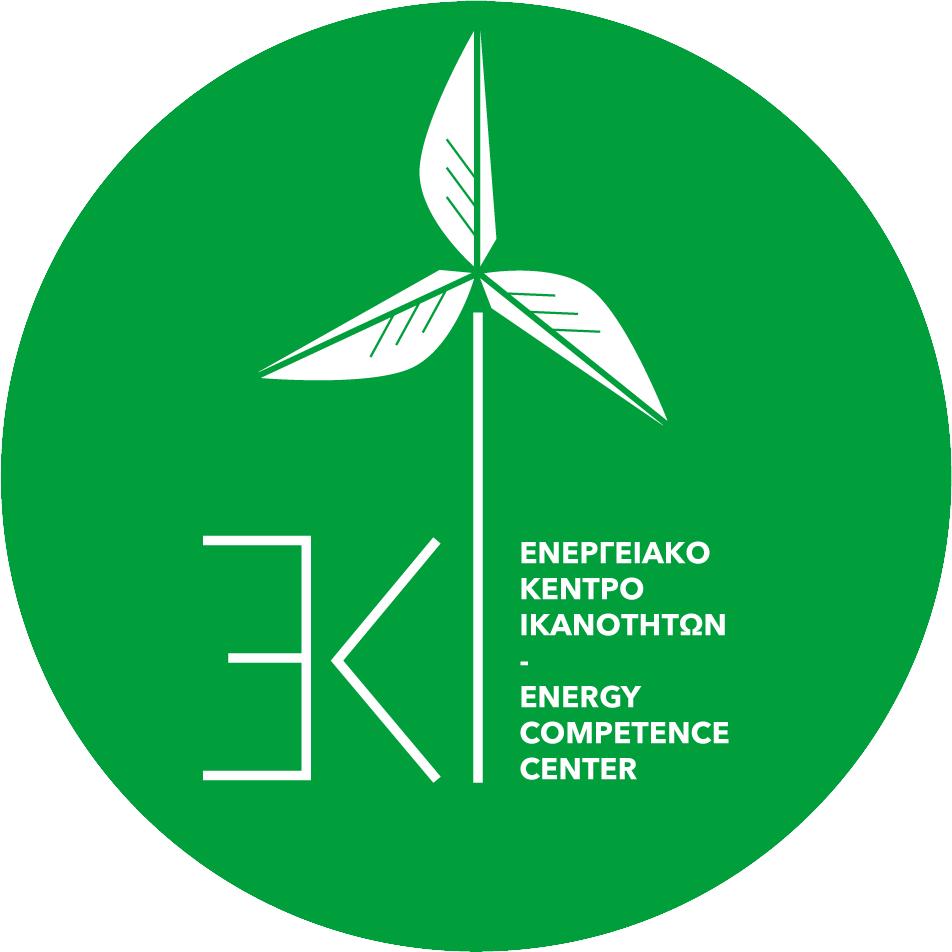Project Structure
Project structure encompasses the systematic arrangement and organization of research components, enabling a clear and logical framework for conducting and presenting a study
01.
Sustainable & Green energy mobility:
Paving the Way for a Cleaner and Greener Future in Transportation
Monitoring & management of public charging network
The monitoring and management of public charging networks plays a vital role in ensuring the seamless operation and accessibility of electric vehicle (EV) charging infrastructure.
With the increasing adoption of EVs, efficient monitoring and management systems are essential to track the status, availability, and performance of charging stations in real-time.
By implementing robust monitoring mechanisms, operators can proactively address any issues, such as outages or maintenance requirements, to minimize downtime and maximize the availability of charging services.
Effective management strategies encompass aspects such as load balancing, user authentication, payment processing, and integration with smart grid technologies.
Through diligent monitoring and efficient management of public charging networks, we can create a reliable and user-friendly ecosystem that promotes widespread EV adoption and contributes to the sustainable transformation of transportation.
Smart parking system with e-ticketing
A smart parking system integrated with e-ticketing presents a groundbreaking solution to the persistent challenges of urban parking.
By leveraging advanced technologies, such as IoT sensors, real-time data analytics, and mobile applications, this innovative system revolutionizes the way we find and pay for parking spaces.
Drivers can effortlessly locate available parking spots through the convenience of their smartphones, reducing traffic congestion and minimizing the time spent searching for parking.
The integration of e-ticketing streamlines the payment process, allowing users to conveniently pay for parking digitally, eliminating the need for physical tickets or cash transactions.
With improved efficiency, reduced parking-related hassles, and enhanced revenue management for parking operators, the smart parking system with e-ticketing sets the stage for a smarter, more connected urban environment.
E-mobility tariffication and incentives
E-mobility tariffication and incentives are pivotal tools in driving the widespread adoption of electric vehicles (EVs) and creating a sustainable transportation ecosystem.
Through the implementation of innovative pricing structures, such as time-of-use rates and dynamic charging tariffs, e-mobility tariffication encourages EV owners to charge their vehicles during off-peak hours, optimizing the utilization of the power grid and reducing strain on the electrical infrastructure.
Additionally, incentives, such as tax credits, rebates, and free parking for EVs, serve as powerful motivators for individuals to make the switch to electric mobility.
These measures not only make EV ownership more affordable and attractive but also contribute to the overall reduction of greenhouse gas emissions and the transition to a cleaner, greener transportation system.
By aligning tariffication and incentives, we can accelerate the adoption of e-mobility and create a sustainable future for transportation.
02.
Sustainable Districts and built Environment:
Transforming Cities and Communities through Green Infrastructure and Responsible Development
Smart Energy Management of Public Buildings
Smart energy management of public buildings is a transformative approach that harnesses advanced technologies to optimize energy consumption, reduce costs, and enhance sustainability.
Through the integration of smart sensors, data analytics, and automation systems, public buildings can intelligently monitor and control energy usage, ensuring efficient operation and minimizing wastage.
Smart energy management enables real-time monitoring of electricity, heating, and cooling systems, allowing for proactive energy optimization and timely maintenance.
By leveraging smart technologies, public buildings can achieve substantial energy savings, lower carbon footprints, and contribute to a more sustainable built environment.
With the potential to revolutionize energy efficiency practices, smart energy management paves the way towards greener, more resource-efficient public infrastructure that benefits both the environment and the communities it serves.
Smart Energy Management of Energy Possitive Districts
Smart energy management of energy-positive districts represents a visionary approach to urban development, where cutting-edge technologies are harnessed to create sustainable, self-sufficient communities.
By integrating renewable energy sources, energy storage systems, and intelligent control systems, these districts can generate more energy than they consume, leading to a net surplus.
Smart energy management systems enable the efficient distribution and utilization of energy within the district, optimizing consumption patterns and minimizing waste.
Through advanced monitoring and automation, energy-positive districts can dynamically balance energy supply and demand, making the most of renewable resources and ensuring grid stability.
This holistic approach not only reduces carbon emissions but also enhances resilience, affordability, and energy independence, setting a new standard for sustainable urban living and paving the way for a greener future.
Activating & Engaging Citizens
Activating and engaging citizens is the cornerstone of building vibrant and inclusive communities.
By fostering a sense of ownership and empowerment, we can harness the collective power of individuals to drive positive change and address shared challenges.
Through community-driven initiatives, participatory decision-making processes, and inclusive platforms, we can encourage citizens to actively contribute their ideas, skills, and resources towards shaping the future of their neighborhoods.
By providing opportunities for civic involvement, collaboration, and volunteering, we create a sense of belonging and connection, promoting social cohesion and collective well-being.
Activating and engaging citizens not only strengthens the fabric of our communities but also unlocks the immense potential for innovation, resilience, and sustainable development, ensuring that everyone has a voice and a stake in building a brighter future together.
03.
Integrated Infrastuctures and Processes:
Uniting Infrastructures and Processes for a Sustainable Future.
Assesment of City Performance (KPIs)
The assessment of city performance through Key Performance Indicators (KPIs) is a critical tool for evaluating and improving the sustainability, efficiency, and livability of urban environments.
By measuring and analyzing various aspects such as energy consumption, waste management, transportation systems, and social indicators, cities can gain valuable insights into their strengths, weaknesses, and areas for improvement.
KPIs enable evidence-based decision-making, providing city planners and policymakers with the necessary data to set targets, track progress, and implement effective strategies for sustainable urban development.
This holistic approach to assessing city performance fosters transparency, accountability, and continuous improvement, guiding cities towards becoming more resilient, equitable, and thriving communities for their residents.
Interoperability Layer
The interoperability layer acts as a crucial bridge, connecting disparate systems, technologies, and data sources within a cohesive framework.
It enables seamless communication, collaboration, and exchange of information, fostering synergy and unlocking the full potential of integrated solutions.
By establishing common standards, protocols, and interfaces, the interoperability layer facilitates interoperability between various components, ensuring compatibility and efficient data flow across different platforms.
This layer promotes flexibility, scalability, and adaptability, allowing organizations to integrate diverse systems and leverage their combined capabilities.
Through the interoperability layer, organizations can achieve streamlined operations, enhanced efficiency, and accelerated innovation, driving digital transformation and creating a connected ecosystem that thrives on collaboration and interconnectivity.
City Data Space
Rrevolving around the centralized management and utilization of urban data to foster informed decision-making and drive sustainable urban development.
Acting as a comprehensive repository, the City Data Space collects, integrates, and analyzes diverse datasets from various sources, including government agencies, IoT devices, and citizen-generated data.
This consolidated data serves as a valuable resource for city planners, policymakers, and stakeholders, providing insights into key urban challenges, trends, and opportunities.
By leveraging advanced analytics and visualization tools, the City Data Space enables data-driven decision-making, allowing cities to identify areas for improvement, optimize resource allocation, and design evidence-based strategies for enhancing livability, efficiency, and sustainability.
The City Data Space empowers cities to unlock the true potential of data, fostering innovation, collaboration, and transparency to create smart and resilient urban environments.
Ready to learn more about SMARTCITIES project?
Delve into the core components of our project for a comprehensive overview of its key aspects,
progress, and outcomes

Project Structure

Work Units

Tools & Services

Deliverables









